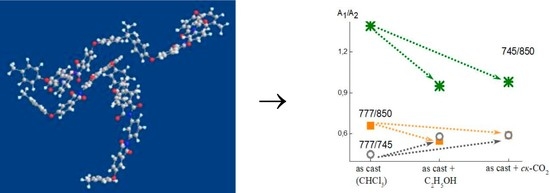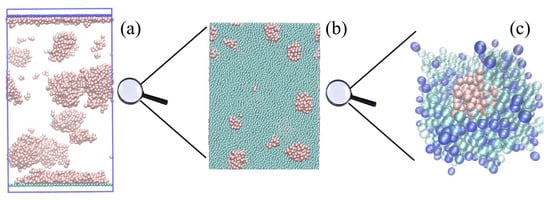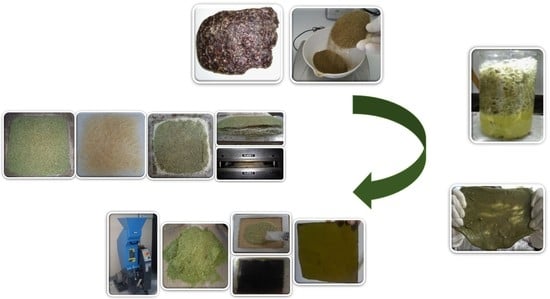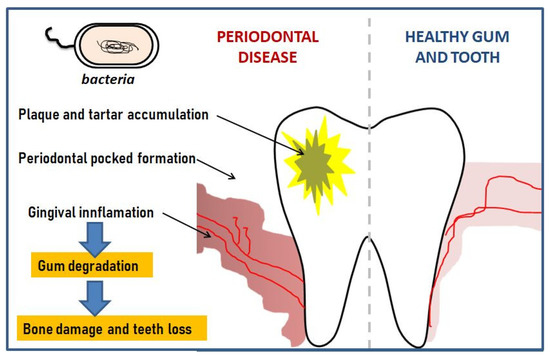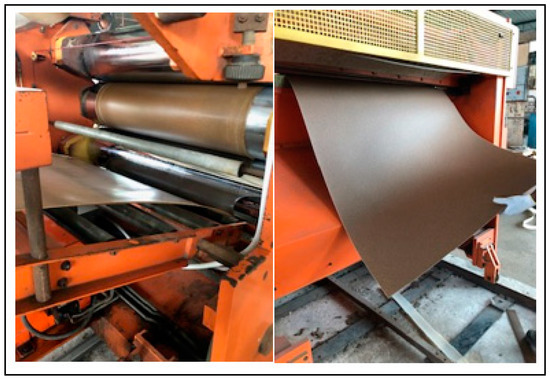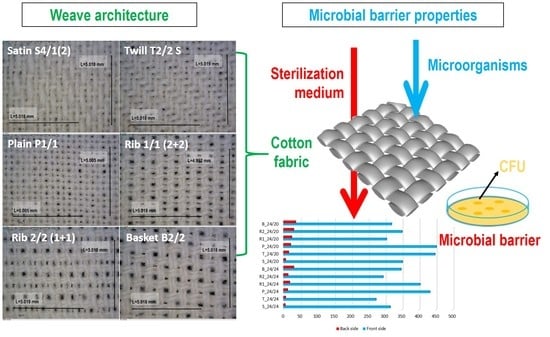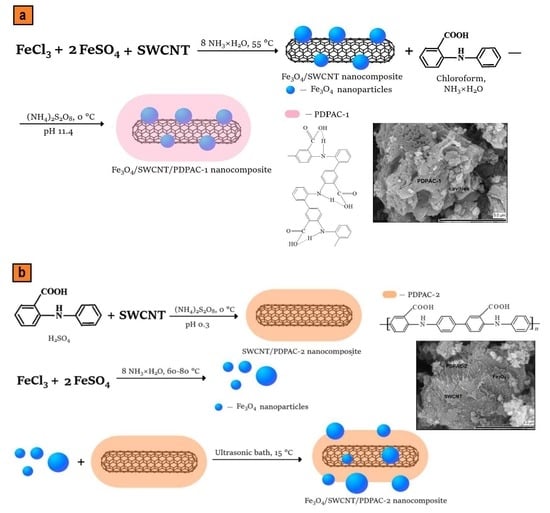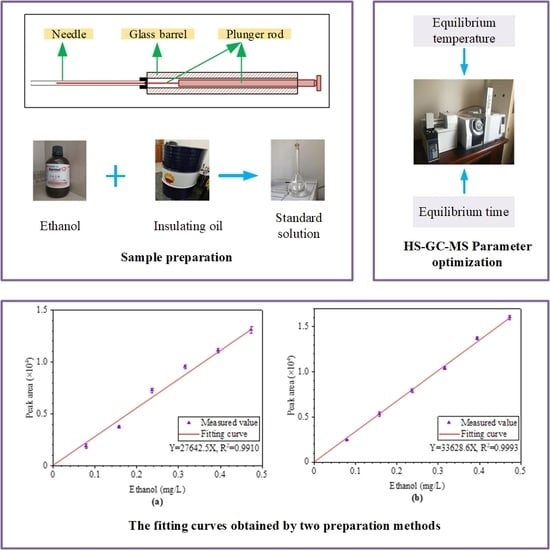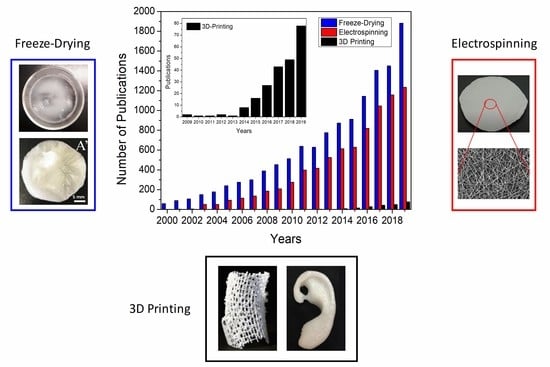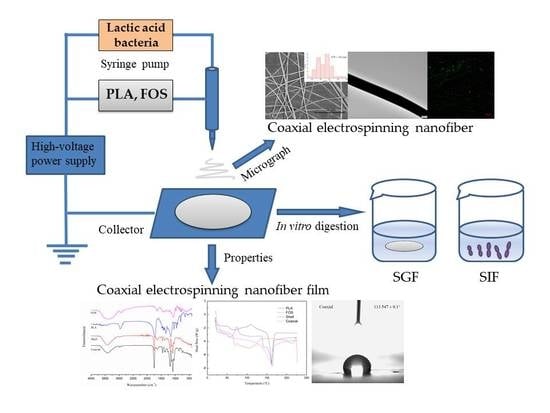Polymers 2020, 12(7), 1579; https://doi.org/10.3390/polym12071579 - 16 Jul 2020
Cited by 20 | Viewed by 3089
Abstract
The support vector machine (SVM) combined with the genetic algorithm (GA) has been utilized for the fault diagnosis of transformers since its high accuracy. In addition to the fault diagnosis, the condition assessment of transformer oil-immersed insulation conveys the crucial engineering significance as
[...] Read more.
The support vector machine (SVM) combined with the genetic algorithm (GA) has been utilized for the fault diagnosis of transformers since its high accuracy. In addition to the fault diagnosis, the condition assessment of transformer oil-immersed insulation conveys the crucial engineering significance as well. However, the approaches for getting GA-SVM used to the moisture prediction of oil-immersed insulation have been rarely reported. In view of this issue, this paper pioneers the application of GA-SVM and frequency domain spectroscopy (FDS) to realize the moisture prediction of transformer oil-immersed insulation. In the present work, a method of constructing a GA-SVM multi-classifier for moisture diagnosis based on the fitting analysis model is firstly reported. Then, the feasibility and reliability of the reported method are proved by employing the laboratory and field test experiments. The experimental results indicate that the reported prediction model might be serviced as a potential tool for the moisture prediction of transformer oil-immersed polymer insulation.
Full article
(This article belongs to the Section Polymer Applications)
►
Show Figures

